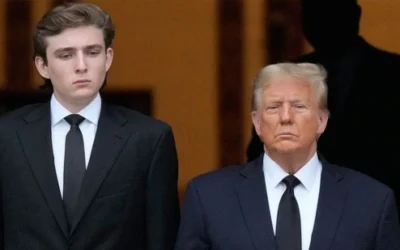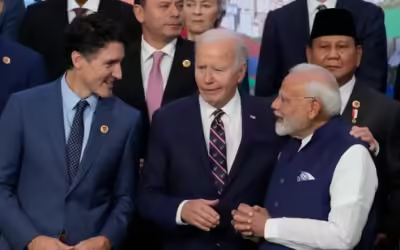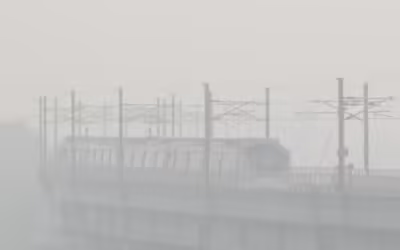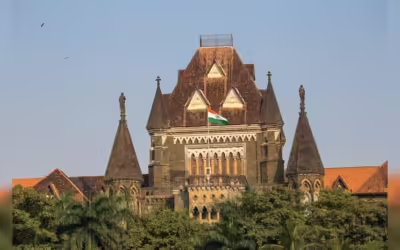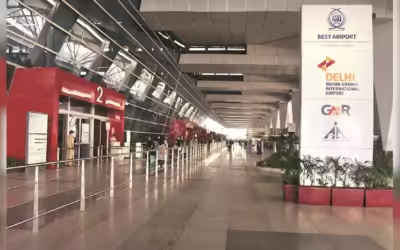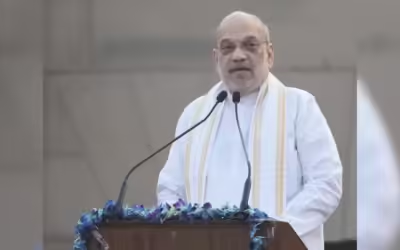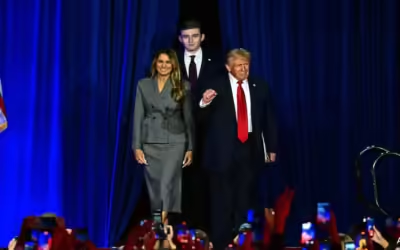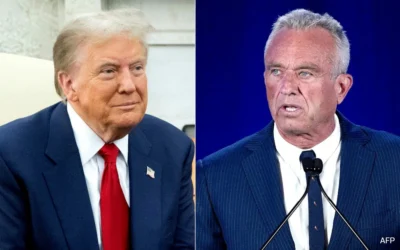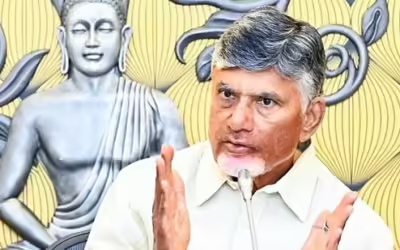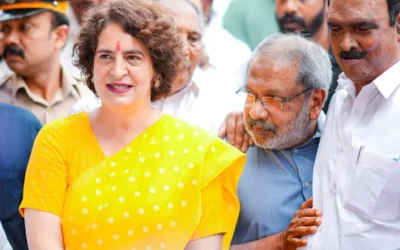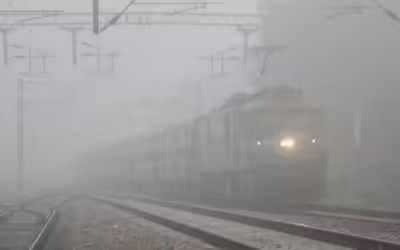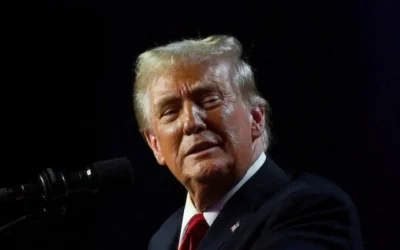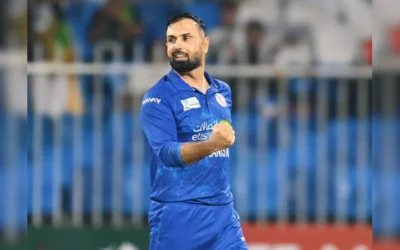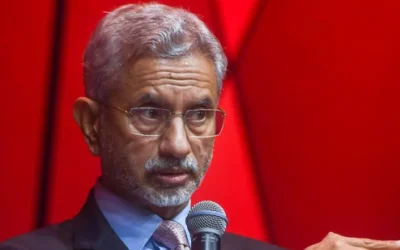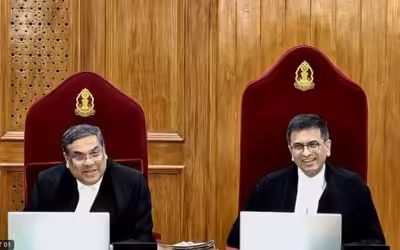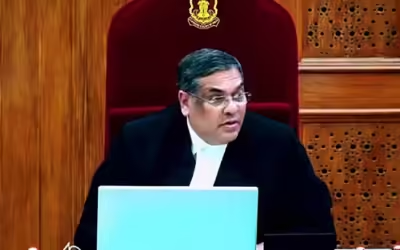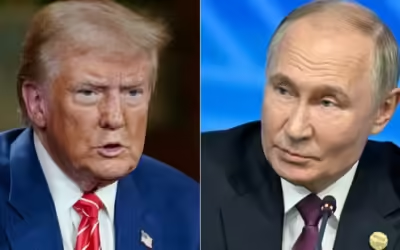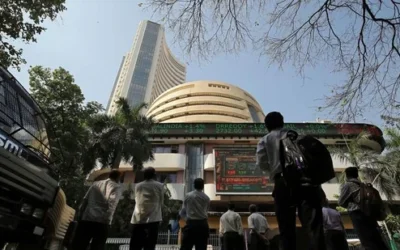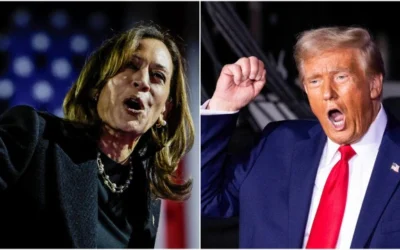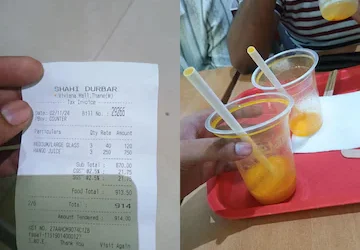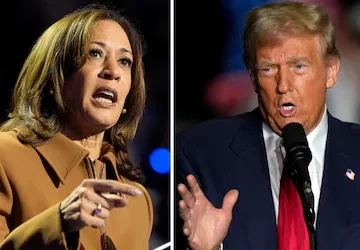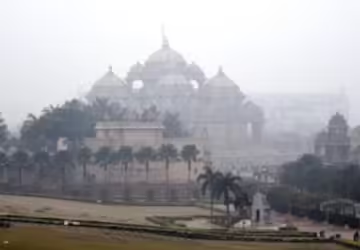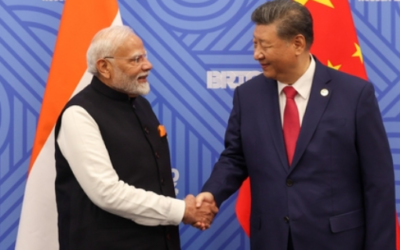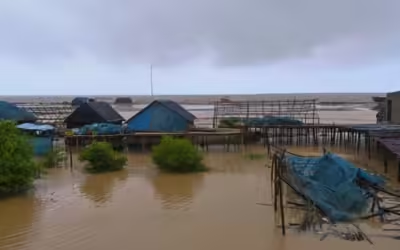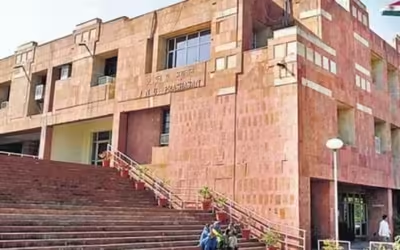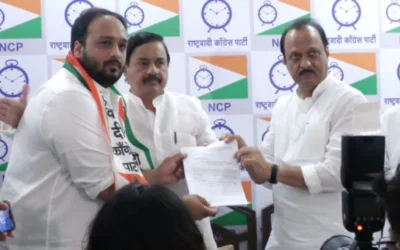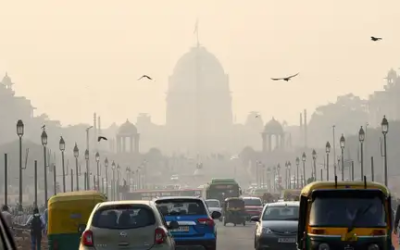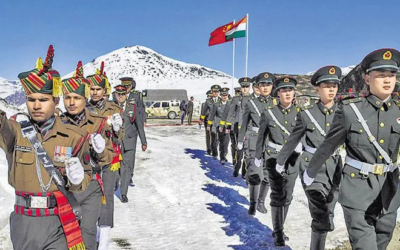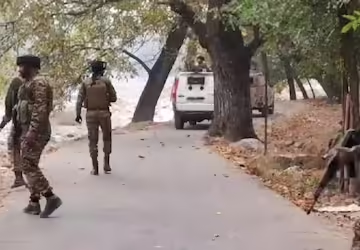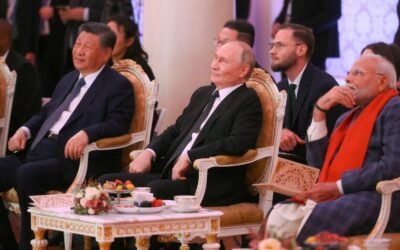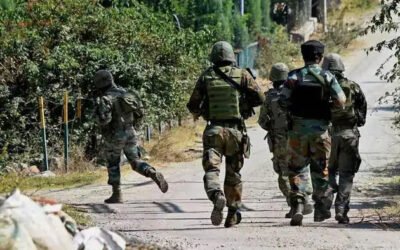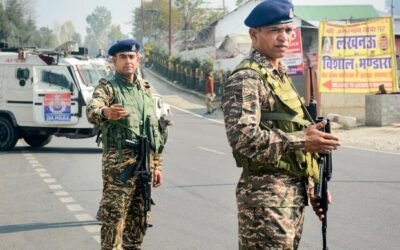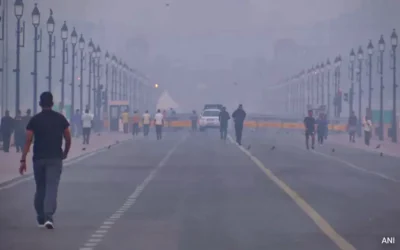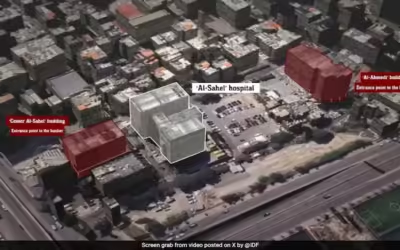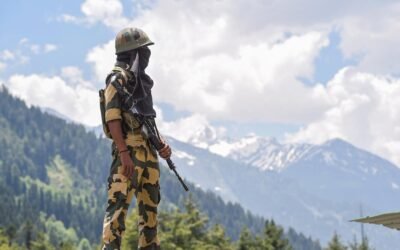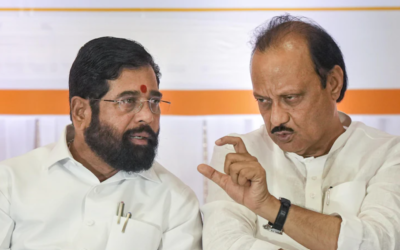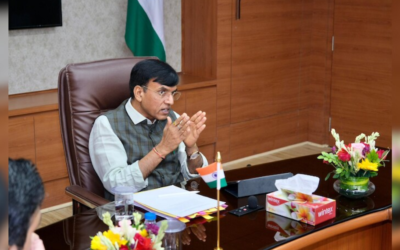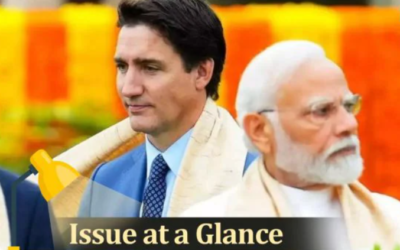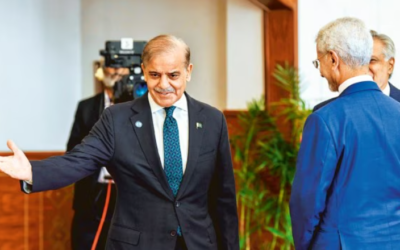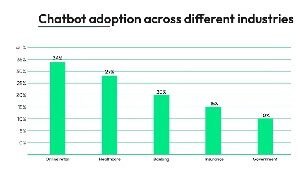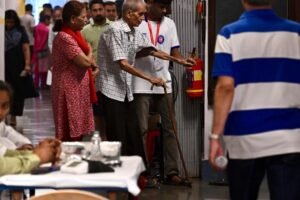The resumption of patrolling of both armies in the Depsang Bulge and Demchok areas of East Ladakh is a result of painstaking negotiations.
The resolution of the military tensions in East Ladakh following the PLA’s incursion in May 2020 served as a litmus test for the resilience of the NDA government, the unwavering resolve of the Indian Army amidst challenging circumstances, and the seamless coordination between the military and Indian diplomatic efforts.
During the Kazan meeting between Modi and Xi, both leaders maintained proper decorum. The delegation talks set the stage for a Special Representative Dialogue aimed at negotiating the de-escalation of military presence along the 3488 km Line of Actual Control. Meanwhile, the Foreign Ministers of India and China will focus on restoring normalcy in their relations. Ajit Doval will lead the SR dialogue for India, while Wang Yi, the Chinese Communist Party Central Committee Commission Director and Foreign Minister, will represent China, working towards easing military tensions along the LAC. Wang will also engage with S Jaishankar, India’s External Affairs Minister, in the normalization dialogue process.
The resumption of patrolling of both armies in the Depsang Bulge and Demchok areas of East Ladakh is a result of painstaking negotiations between the interlocutors in the Working Mechanism for Consultation and Coordination on India-China Border Affairs (WMCC) on the diplomatic table and senior military commanders from Corps to Division level under the guidance of the high powered inter-ministerial China Study Group (CSG). The WMCC met 17 times after the June 15, 2020, bloody clash at Galwan and the military commanders met 21 times to negotiate the disengagement and resumption of patrolling.
India insisted on the reinstatement of patrolling rights in Depsang Bulge and Demchok as a crucial military condition for the normalization process following the announcement of disengagement from the Gogra-Hot Springs-Khugrang Nullah region on September 9, 2022. Despite reservations from the Opposition Congress about the agreement and buffer zones, the Indian Army remains determined to patrol key friction points like Galwan, Gogra-Hot Springs-Khugrang Nullah, and Pangong Tso in the near future. The decision to exclude buffer zones from the patrolling agreement was strategic to prevent reopening old issues and avoid new complications. The agreement primarily focused on the Western Sector where both the Indian Army and PLA had faced off in Depsang and Demchok along the 1597-kilometer boundary in East Ladakh. By securing the resumption of patrolling, India gains diplomatic leverage and safeguards against external attempts to exploit vulnerability vis-a-vis China. This development also bolsters Prime Minister Narendra Modi’s reputation as a resolute leader who stood firm even in the face of PLA buildup along the LAC in various sectors. While patrolling is yet to resume in Depsang and Demchok, the agreement has contributed to de-escalating tensions along the East Ladakh LAC, leading to a more stable border situation in the region.
After completing disengagement and resuming patrols, India and China will need to negotiate the specifics of de-escalation. The region is currently brimming with over 50,000 troops, tanks, missiles, and rocket regiments on each side of the LAC, with fighter jets ready in the rear bases in Tibet and the Sinkiang region in China, as well as from Srinagar to Gwalior to Tezpur on the Indian side. It is imperative for both military forces to reduce their presence back to the levels of April 2020. A significant number of troops are currently stationed in East Ladakh, while the PLA reserve is positioned in the Eastern sector. The key question now is whether the troops will retreat to their barracks from the LAC or what the distance in terms of time and logistics will be from the LAC. As the agreement is yet to be put into action on the ground, both armies will have to endure the harsh arctic winters and snowstorms of East Ladakh for the fifth consecutive year.
Despite Congress pointing fingers at the Narendra Modi administration for succumbing to Chinese military coercion, the border disputes with China stem from military events dating back to the 1950s and the period leading up to the 1962 conflict. The unsettled border situation serves as evidence of China’s occupation of Aksai Chin during the construction of the highway between Lhasa and Urumqi in 1956. It also highlights the inadequacies in political, military, and intelligence leadership of that era, which only learned about the Tibet-Sinkiang Highway post its announcement. The mishandling of military intelligence by the Indian Embassy in Beijing was overshadowed by the misleading Hindi-China Bhai Bhai propaganda narrative.
During the amiable and polite discussion between PM Modi and President Xi in Kazan, India expressed its commitment to implementing concrete measures to mend relations with China, aiming to prevent any border tensions in the meantime. Similarly, the PLA will exercise caution in avoiding independent actions along the LAC, as per the authorization of President Xi, who holds key positions in China’s military. PM Modi emphasized the importance of mutual trust, respect, and sensitivity as guiding principles for enhancing bilateral ties, underlining the global significance of avoiding military confrontations between India and China.
As the Indian military conducts patrols at points 10 to 13 A in Depsang and at the junction of Charding Ningling Nullah in Demchok in the near future, reflections on the lessons from the transgressions of May 2020 will be at the forefront. It serves as a stark reminder of how delicate peace along the LAC truly is. The management of the LAC by India and China is crucial, as any unilateral actions could potentially jeopardize the relationship, akin to the frozen winters of East Ladakh. The PLA, as well as the global community, will not forget the endurance of the political leadership and the unwavering dedication of the Indian Army personnel on the front lines. The close encounter between the two armies during the courageous operations south of Pangong Tso on August 29-31, 2020, where an Indian tank issued a warning shot towards advancing PLA tanks on the Rechin La-Rezang La ridge, was a testament to the brink of conflict that was narrowly averted.






